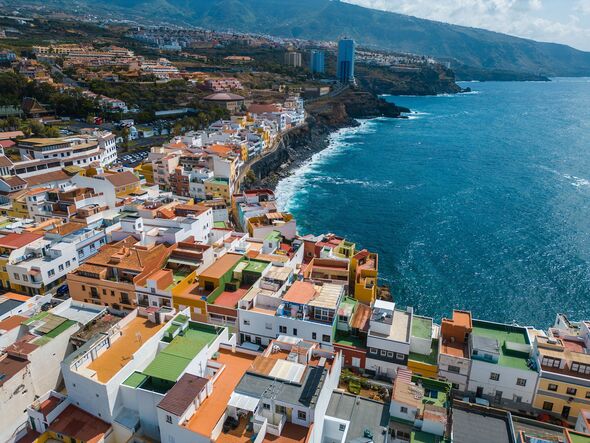The Canary Islands are facing a significant threat from climate change, with 150 kilometres of their coastline at high risk due to rising sea levels.
Recent studies conducted by the Canary Islands Government predict that the sea level could surge by nearly one metre by the century’s end, pinpointing 47 high-risk zones along the affected coastline.
Mariano Hernandez Zapata, the Canary Islands Government’s Councillor for Ecological Transition and Energy, revealed that the Canary Islands Climate Change Service is actively working on a comprehensive study to identify high-risk locations including San Sebastian de la Gomera, Santa Cruz de La Palma, Los Cristianos, the Guanarteme Isthmus, Puerto del Rosario, and Arrecife.
This pivotal study, which kicked off in January, comes with a hefty price tag of 1.9 million euros.
In Arrecife de Lanzarote, the coastal processes pose severe threats not only to the urban and economic infrastructure but also to public spaces such as promenades, beaches, and heritage sites.
The Canary Islands government is taking steps to prevent coastal flooding due to climate change, according to Mariano Hernandez Zapata, the regional councillor for Ecological Transition.
Speaking at a parliamentary committee meeting last Thursday, he expressed concern about the islands’ vulnerability to rising sea levels, which are predicted to increase by over a metre in the medium to long term, threatening more than 150 kilometres of coastline.
Hernandez Zapata revealed that the regional government will designate 47 locations across the archipelago as “priority areas for action in the face of climate change”.
David Toledo, the spokesman for the Canary Islands Nationalist Group in the committee, has warned that climate change could force Canary Islanders to abandon their homes. He explained that “global warming is making the tides bigger and, as an island territory, we are at risk of our own geography being vulnerable to these episodes”.
He further highlighted that the archipelago has 47 active hot spots – areas with the highest risk of flooding – spread across its eight islands (Lanzarote, La Graciosa, Fuerteventura, Gran Canaria, Tenerife, La Palma, La Gomera and El Hierro).
“Even on the island of La Graciosa, where human action is more traditional, we also have a hot spot, which once again highlights the reality of climate change,” Toledo stated.
The Nationalist deputy also shared data from the Climate Change Risk Assessment Report on the Canary Islands’ coasts, prepared by the regional government itself, which suggests that over 2,100 island households will need to relocate from the coasts to inland areas due to rising sea levels.
In his view, this issue “must begin to be dealt with immediately and is intrinsically related to the demographic challenge”. He pointed out that the Archipelago has “more than 140 kilometres of coastline at risk”, which could lead to significant material, economic and tourism risks for the limited territory.
